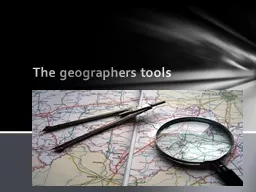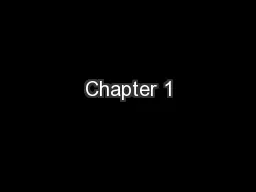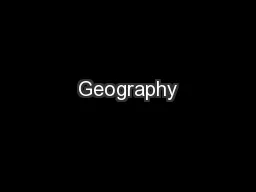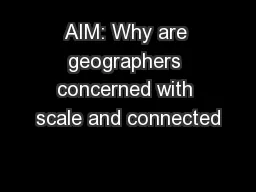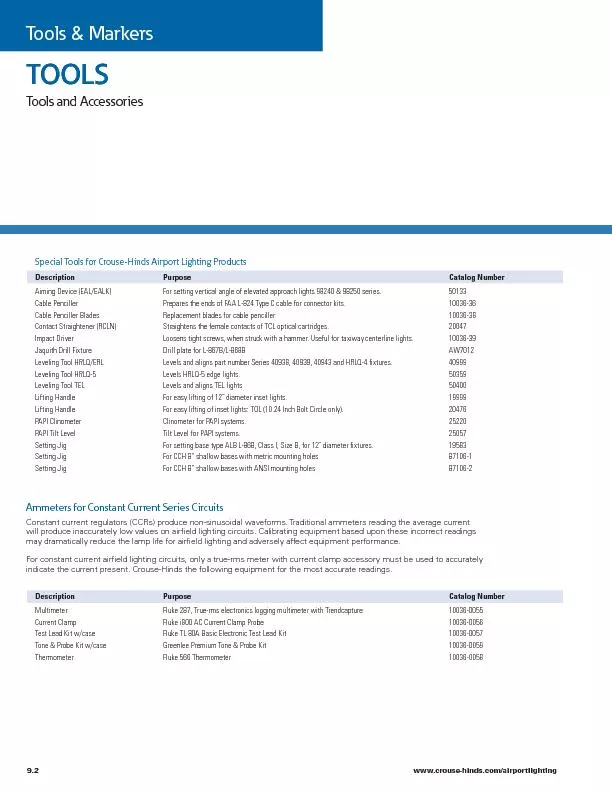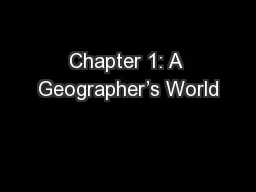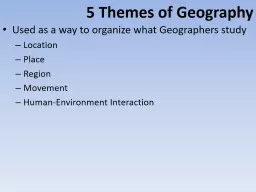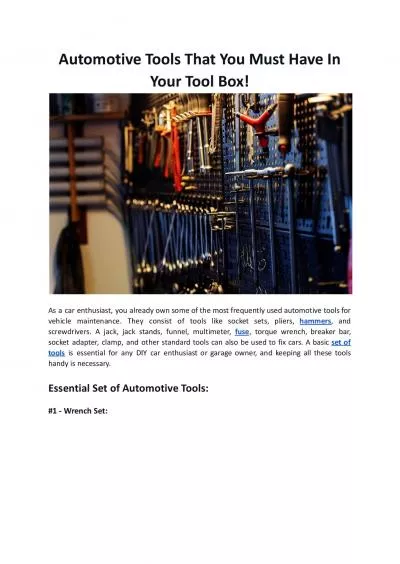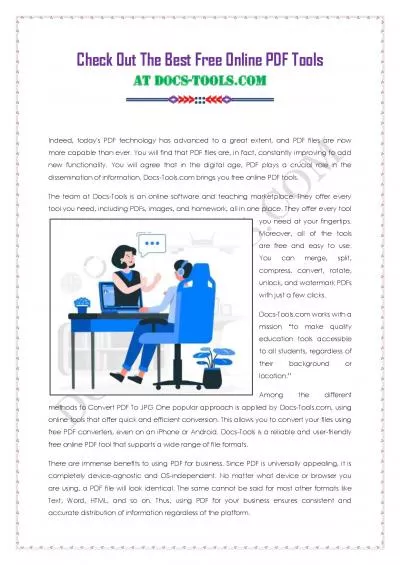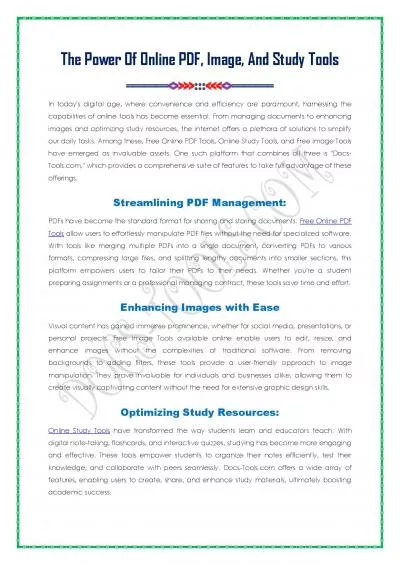PPT-The geographers tools
Author : alida-meadow | Published Date : 2017-12-12
A HUMAN PERSPECTIVE One summers day at noon around 255 BC Eratosthenes drove a stake into the ground at the mouth of the Nile River in Alexandria Egypt Eratosthenes
Presentation Embed Code
Download Presentation
Download Presentation The PPT/PDF document "The geographers tools" is the property of its rightful owner. Permission is granted to download and print the materials on this website for personal, non-commercial use only, and to display it on your personal computer provided you do not modify the materials and that you retain all copyright notices contained in the materials. By downloading content from our website, you accept the terms of this agreement.
The geographers tools: Transcript
Download Rules Of Document
"The geographers tools"The content belongs to its owner. You may download and print it for personal use, without modification, and keep all copyright notices. By downloading, you agree to these terms.
Related Documents

